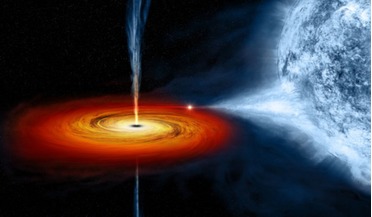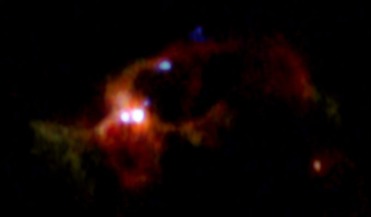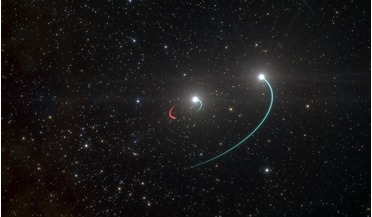... are from gamma-ray sources, such as supermassive black holes, gamma-ray bursts and the debris of supernova explosions. Finds that are part of the 3,000 new discoveries clocked up by Fermi since its launch; that is 10 times...
 10 April 2020
A recently discovered stellar black hole could be the most massive yet, say astronomers
10 April 2020
A recently discovered stellar black hole could be the most massive yet, say astronomers
... spotted merging together. Stellar mass black holes form from the remnants of a large star that dies in a supernova explosion and considering the number of stars in our galaxy (as many as 200 billion stars or perhaps more have been...
 25 September 2020
Salty water vapour provides clues to massive star formation
25 September 2020
Salty water vapour provides clues to massive star formation
... life as a white dwarf as it cools and dims. Stars above eight solar masses tend to end with a bang in a supernova explosion. If the core survives it can end up as a neutron star or contracts to become a black hole if the remaining core is much...
 06 May 2020
Astronomers find closest black hole to Earth
06 May 2020
Astronomers find closest black hole to Earth
... begin their lives with more than about 8 times the mass of the Sun and end them in a supernova explosion that leaves behind a black hole." The discoveries of these triple systems with an inner pair and a distant...